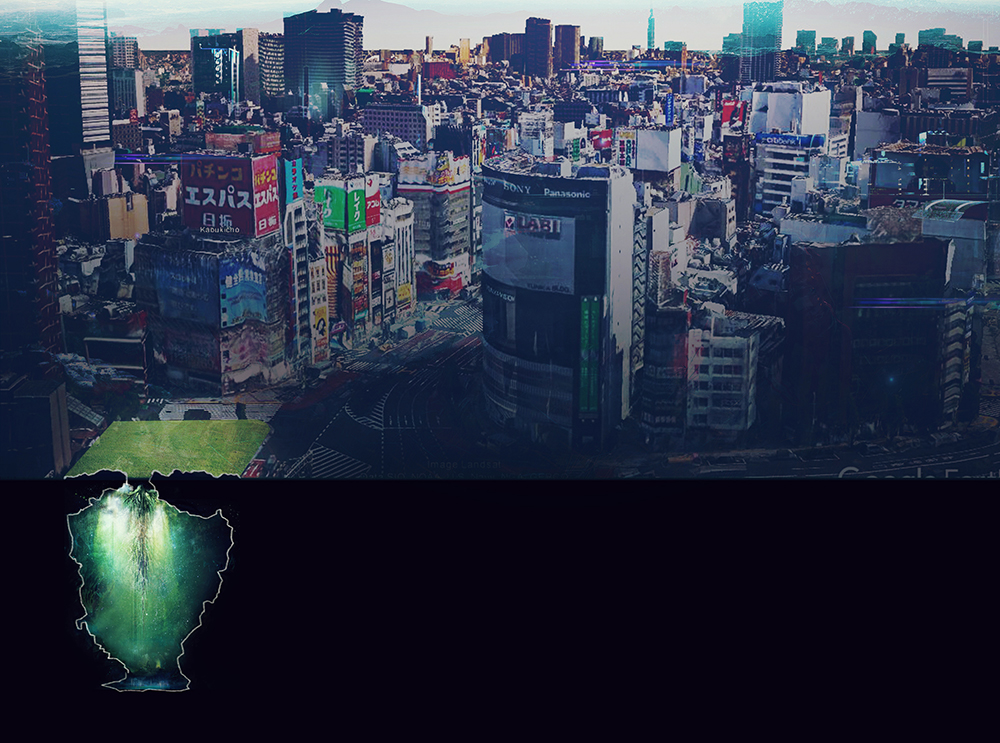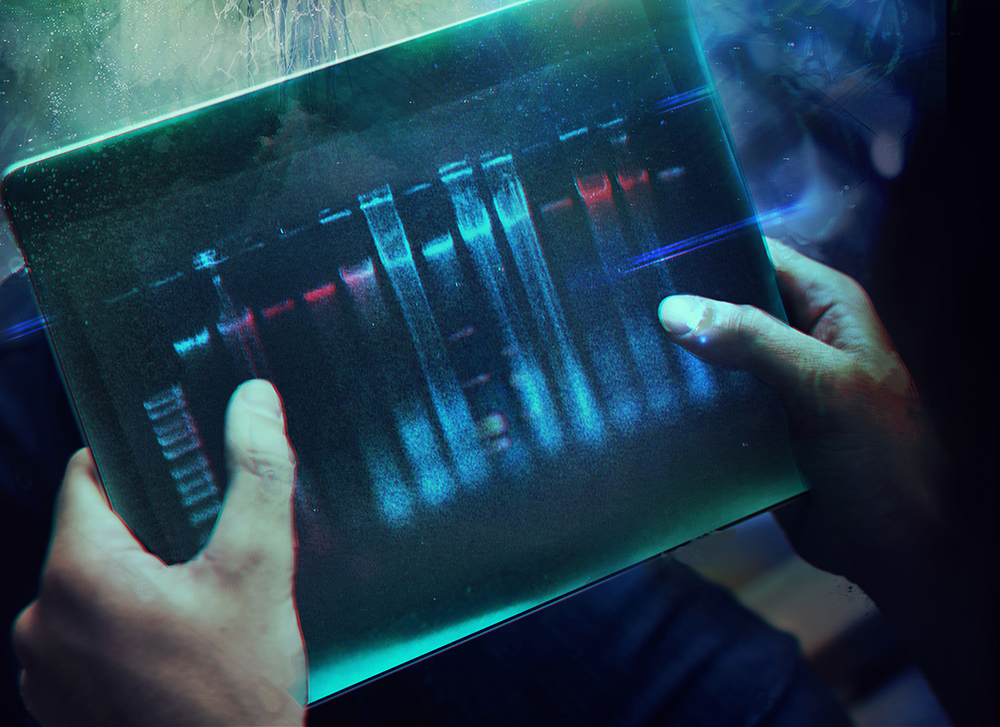The project questions about our current concept of the consciousness and its relation to death. The project is an ‘uncanny’ negation of Tokyo – the city which floods every ‘dark space’ with light and noise, the city that leads to shatter myth and irrationality. Space expresses itself through mimicry of cave, architecture that doesn’t have a plan or rooms. The site is a meadow interacting with users. The surface of rocks serves as a columbarium, a storage for modern ‘urns’ created from the separation of DNA. The bottom of the cave consists of a main reflection space. Smaller, personal ones are located all the way from entrance to lake.
Tokyo Vertical Cemetery
Beyond the Horizon
Beyond the horizon of consciousness
Site
With the station, some of Tokyo’s tallest buildings and energetic scenery of Kabukicho neighborhood, Shinjuku perfectly sets the stage for an exploration of architecture for the dead in the realm of the living. The ‘uncanniness’ of the site is based on the discovery of the new, distorted forms of things once considered to be ‘canny’.
Instead of creating a gap between us and our spirituality, which happens so often in our contemporary world, technical progress should instead make us more sensitive and more willing to understand our own nature.
In Tokyo there are less and less dark, unobvious spaces. The spirituality disappears in the vortex of colours, neon, lights and motion. The project relies on returning to the origin, to DNA the basic code of our lives.
Cave
When looking at the subject of darkness or death, we always fear the same thing – the unknown. Uncanny arises when imagination encounters the unfamiliar data. Darkness always affects us directly, passes through us. That is why the ego is permeable to darkness.
You may ask: is a cave in the very heart of Tokyo absurd? Contemporary architecture has not yet developed the language to accurately describe a house of the dead – a cemetery. A city and a cemetery are considered to be two separate environments. To try to connect them we must first refer to nature. The conditions in a cave enable us to lose the differentiation between an environment and organism – our senses are muffled here.
The main reflection space is situated on the bottom of the cave. The large gathering area is located by the lake, primordial soup. This liquid is rich in organic compounds, providing favorable conditions for the emergence and growth of life forms. The organic compounds in the primordial soup, such as amino acids, may have been produced by chemical reactions that took place in the Earth’s early atmosphere. The surface of rocks serves as the columbarium, a storage for modern urns. Dim light illuminates a large space, reflects on the wet rocks and illuminates the roots of a giant tree – a biocomputer.
The interior of the cave creates ideal conditions for the work of housing of the biocomputer – high humidity and low temperatures.
Consciousness
Doctors and coroners usually turn to “brain death” or “biological death” when defining a person as being dead. Contemporary definition of death says: ‘a person is dead when an electrical activity in his brain ceases’.
Is this definition sufficient? In the conditions of rapidly evolving science and in the light of recent discoveries, we believe that a new definition of death has to be proposed: irreversible loss of every trace of consciousness.
Consciousness is an attribute of matter. It consists of hypothetical elementary particles, slippery to detect, such as gravitons entering the black hole. Biocomputer is a house of such particles – of consciousness which left the dying organism leaving only a faint trace. Last thought separated from the body.
info
Runner-up proposal for Arch Out Loud competition ”Death & The city: Tokyo vertical cemetery”.
Team with: Anna Eckes
2016




